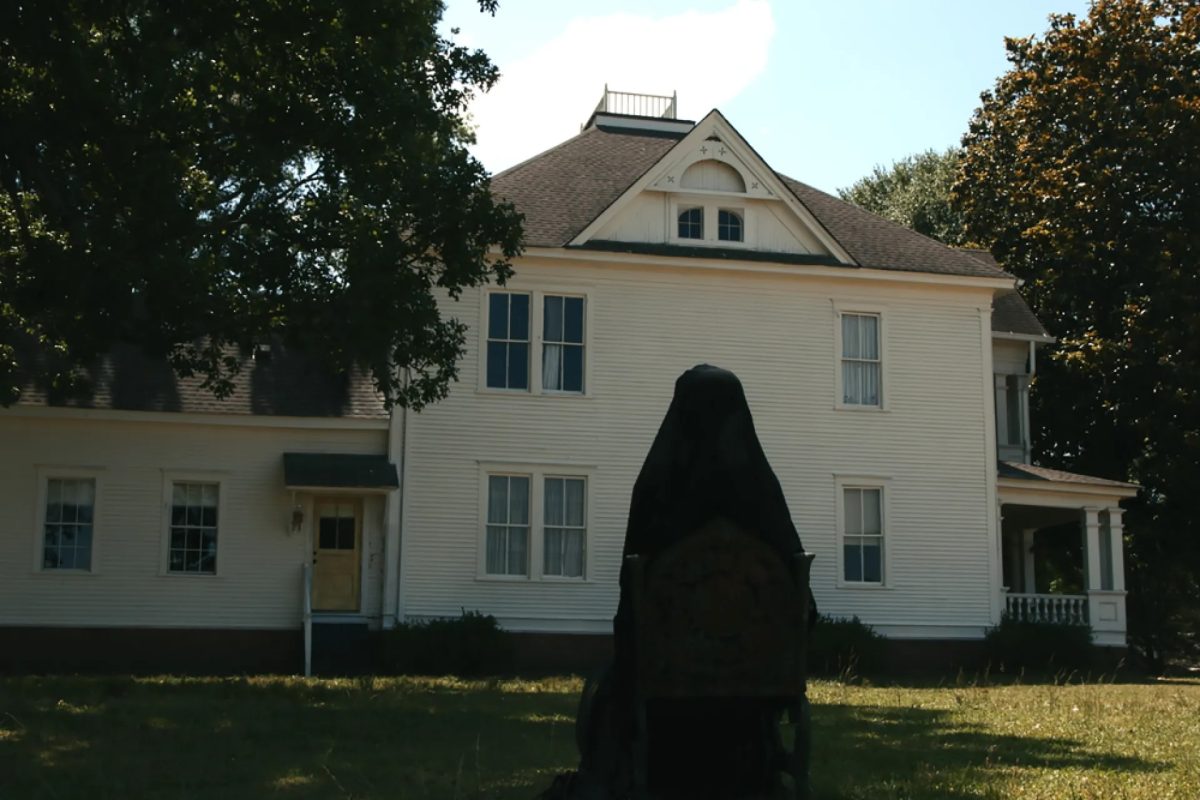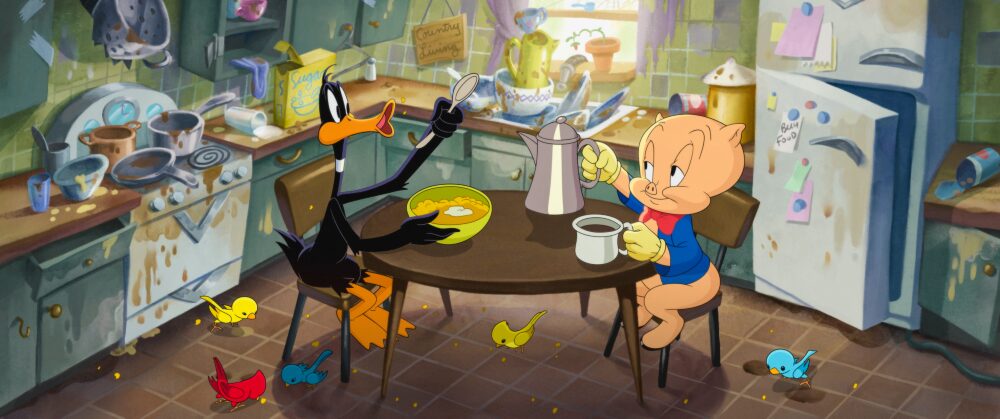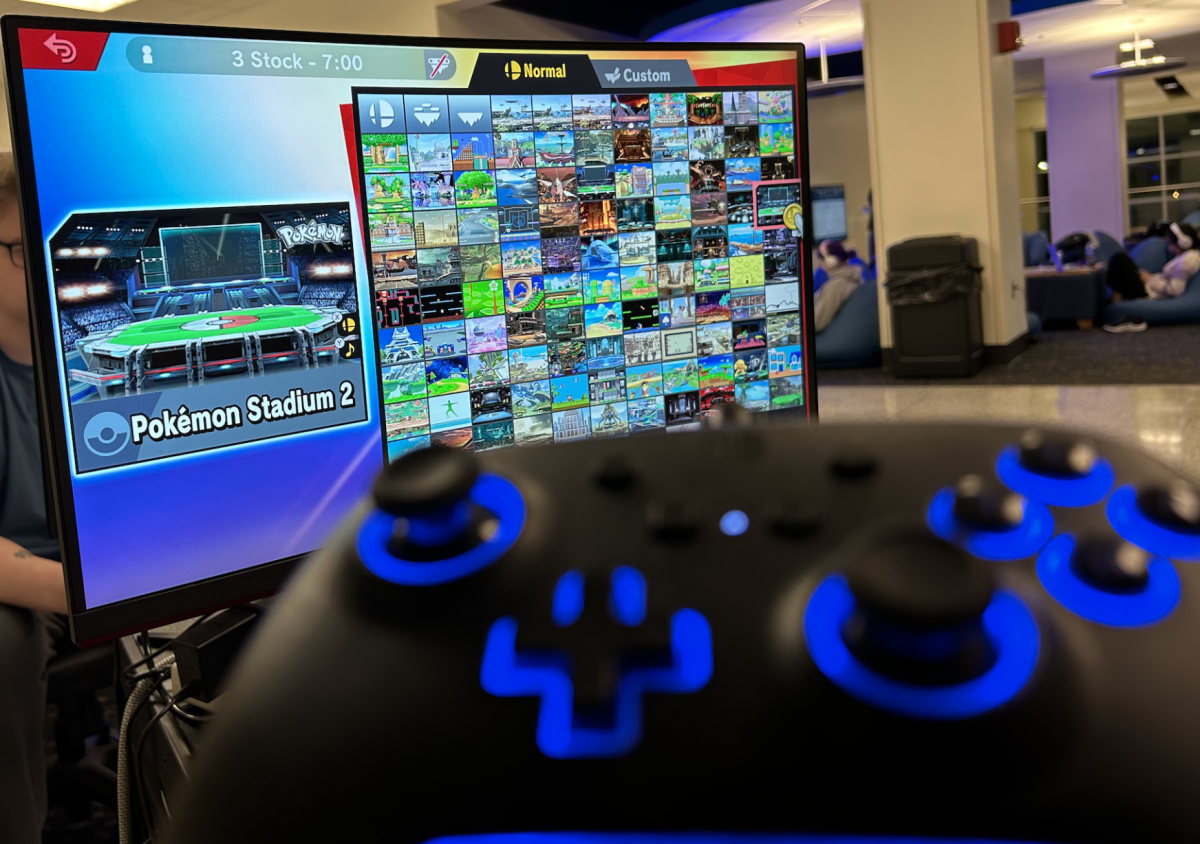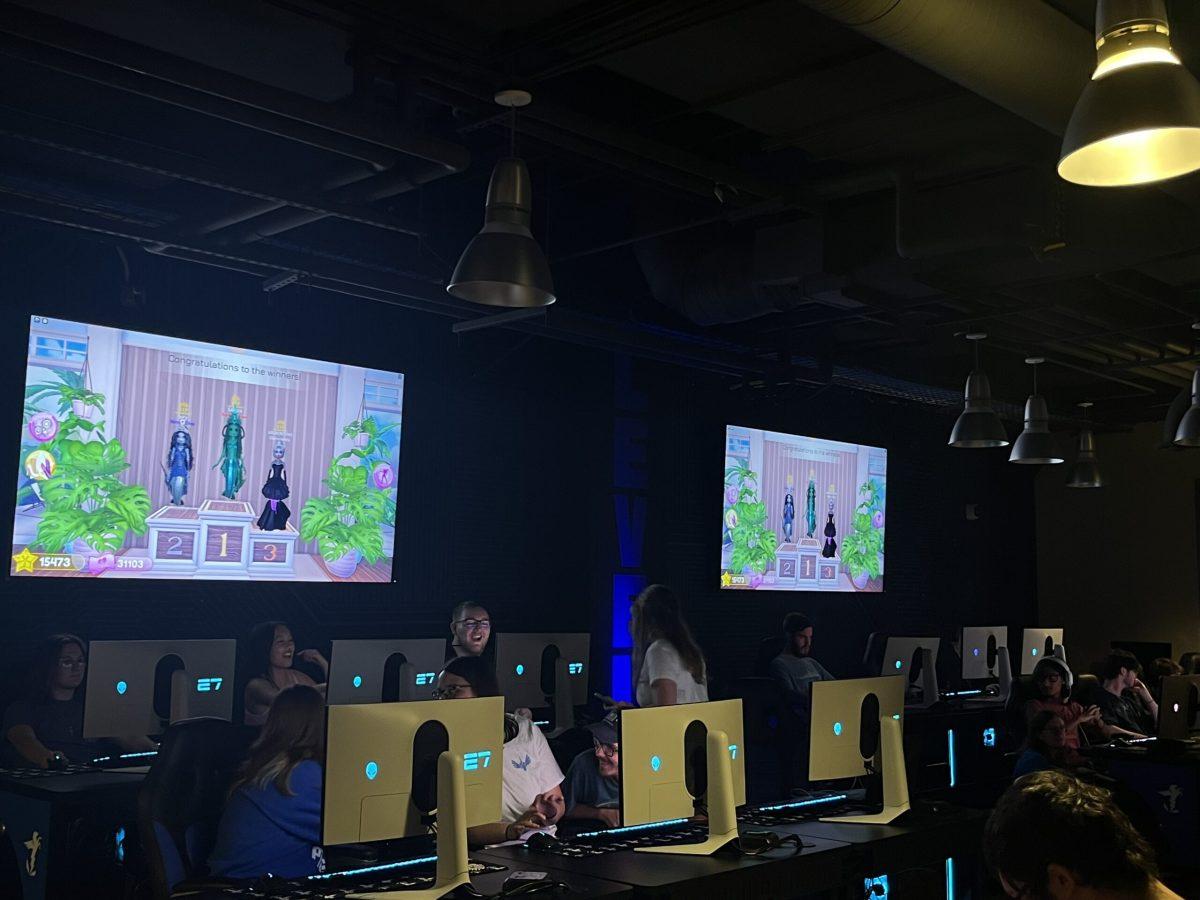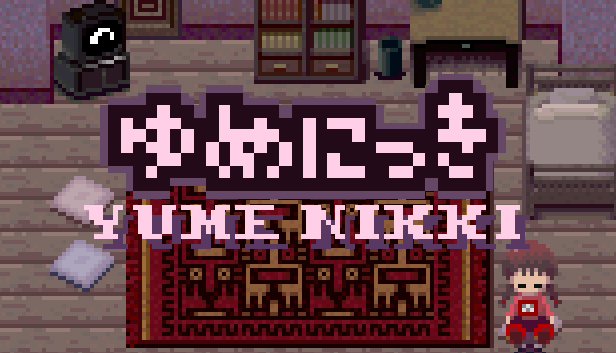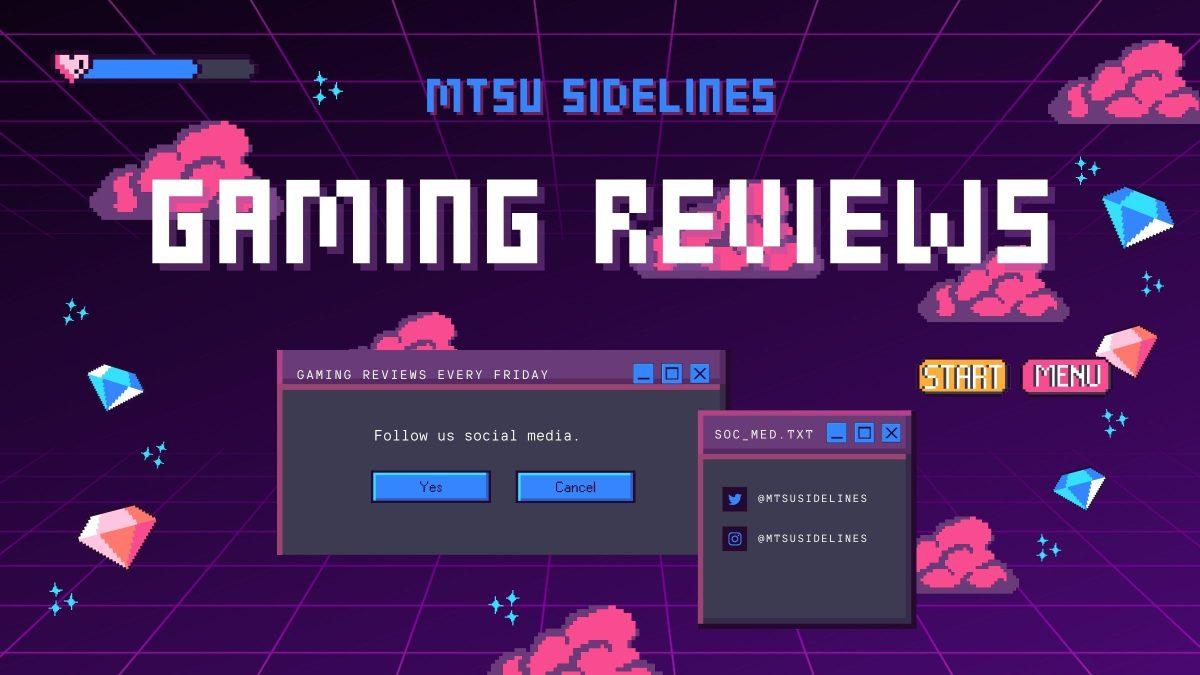Featured Photo from Bethesda
Story by Ethan Schmidt
Nearly five years ago, Bethesda Game Studios drove head-on into a brick wall with their disastrous release of Fallout 76, suffering a massive injury to their reputation as one of the most widely-acclaimed role-playing video game developers. Microsoft, perhaps out of pity for the wounded developer, or maybe desperate to diversify their offering of Xbox-exclusive games, bought the studio’s publisher. Bethesda Softworks sold for the hefty price of $7.5 billion in 2021, making Microsoft’s acquisition one of the largest in the video games industry.
With the September 6 release of Starfield on Xbox Series S and Series X consoles and PC, Microsoft has probably justified that massive purchase. The game’s massive scope, unique visual style, impressive audio production and pervasive embrace of adventure and exploration make this title a must-play for those Xbox and PC gamers willing to stomach the usual baggage of a Bethesda RPG.
Gameplay
The core gameplay loop of Bethesda’s RPGs remains intact in Starfield:
- Get a quest from a non-playable character.
- Travel to some locations to complete the quest while engaging in combat with enemies, striking up enlightening discussions with lively NPCs and reeling in some valuable loot along the way.
- Return to the now-grateful NPC, who will hopefully reward your efforts with some money or valuable items.
- Either sell off your priceless goods like the wheeler-and-dealer that you are, or hoard all those items in a container for safe-keeping.
- Rinse and repeat.
Of course, the big difference between “Starfield” and past Bethesda RPGs is its setting—space. The player travels through a fictionalized area of the Milky Way galaxy in the year 2330 to different planets, of which the player can explore different areas and points of interests.
Space exploration is not a seamless experience. Players cannot explore planets fully—they will hit an invisible wall at some point on every planet. Loading screens separate planetary and space exploration. On top of all that, players conduct their exploration through navigation of a map—they won’t wander in space and stumble across planets like they would in No Man’s Sky.
At its core, Starfield is still a Bethesda RPG, merely fine-tuning some of their key gameplay mechanics—and that’s not a bad thing. The game features the adequate, if not smooth gunplay of Fallout 4 and the NPC interactions that make a Bethesda RPG such an engaging experience. Starfield also boasts a complex character design and upgrade system. Most notably, this latest project from Bethesda Game Studios also contains the largest open-world map that the developer has ever made. With the release of Starfield, BGS has demonstrated an improvement in their game design strengths, and a minimizing of their flaws.
Of course, these flaws aren’t totally absent. Even considering the relative polish of Starfield compared to previous Bethesda RPGs, players will still run into some glitches.
I encountered a frustrating bug in a side quest with the Crimson Fleet space-pirate faction where the game wouldn’t let me detach a data drive from a spaceship’s computer—which I needed to do in order to proceed. I had to spend about an hour reloading a previous save file and replaying sections of the quest, which proved unsuccessful. I then turned to Reddit to see if other people encountered the same glitch. Thankfully, tech-savvy Redditors had the same problem and provided a simple solution: Restart the game after plugging the drive into the spaceship’s computer.
The game also contains some of those “charming” glitches essential to a Bethesda Game Studios RPG. For example, after opting to have NPC companion Andreja accompany my character, “Big Dog Ethan,” on their adventures, I’d run into these weird moments while flying my spaceship where Andreja would teleport right in front of my character, shoving her rear end in front of their face. This wouldn’t prevent me from flying, as the game lets you switch to a third-person view outside of the ship, but this glitch is a prime example of a Bethesda RPG bug—one that presents a funny and awkward situation, yet has little to no impact on game progression.
Of course, the standard practice for game developers nowadays is to publish a game with some bugs and patch them later via updates. That will be the case here, as Bethesda has already released its plans for future updates. Whatever bugs that Bethesda doesn’t address will probably get patched by the modding community—though Xbox owners will have to wait about a year for Bethesda to officially enable mods.
In any case, the prevalence of glitches in Starfield pales in comparison to Bethesda’s previous RPGs, so don’t let the developer’s buggy reputation scare you away from this game.
Starfield has a lot to enjoy. Despite Bethesda Game Studios creating its largest open map ever, the game feels as densely packed with content as Fallout 4 and The Elder Scrolls V: Skyrim. Opportunities for new quests abound across the galaxy, spamming your quest log with new challenges after wandering around busy settlements for only a few minutes.
Its cyberpunk-themed Neon settlement best exemplifies this density. After first entering the corporate dystopia for a Crimson Fleet quest, I found myself joining a withering street gang to rebuild its flailing reputation and supplying a liquor store its “secret ingredient” for its exclusive beverage, “Blend”—which contains the fictional hallucinogen “Aurora,” a substance only legal in Neon for the wealthy minority who can afford to consume it at the Astral Lounge. Within minutes of entering Neon, I was running all over the settlement to commit the dirty deeds of its impoverished, cutthroat dwellers who suffer under the rule of a few omnipotent corporations and their corrupt mayor. This density of content is where Starfield shines.
The game’s character creation suite feels as densely packed as its catalog of quests, to an almost overwhelming degree. I’m not one to nitpick about my character’s appearance, but if you like obsessing over the amount of pimples on your character’s face or the spacing between their eyes, Starfield won’t disappoint in this regard.
Unfortunately, some are disappointed with the game’s character creation features for the absolutely wrong reasons. Starfield is the first Bethesda game to allow for players to have they/them pronouns, which, of course, is the exact cue for a handful of bigoted incels to whine on livestreams.
As a demidude with he/they pronouns, I’m actually still underwhelmed by Bethesda’s attempt at inclusivity. You can only select one set of pronouns, not a mixture. Folks like me are then forced to pick one and be satisfied. This oversight doesn’t hamper my overall enjoyment of the game, but its shallow implementation has that cynical stench of rainbow capitalism.
If you’re not a narrow-minded bigot, though, you’re bound to have a blast exploring the galaxy in Bethesda Games Studios’ newest RPG as the character of your precise imagination.
Story
Similar to the cases of The Elder Scrolls V: Skyrim and Fallout 4, the variety of side quests will whet your appetite for a good story more than its main questline.
The main questline revolves around the Constellation—a ragtag group of explorers who take a keen interest in your character’s discovery of an odd hunk of metal in a mine. The Constellation fellows identify locations for these chunks that they call “Artifacts” and send you to go fetch them. Amidst your series of fetch quests, a mysterious group called the Starborn sends its teleporting minions to hunt you down and stop your search for Artifacts.
I won’t spoil the rest of the plot, but that’s really the crux of it. Compared to Skyrim and Fallout 4—which both received heavy criticism for their lackluster main quests—Starfield drops that bar even lower. Its main questline is nothing but a series of copied-and-pasted fetch quests, and the only element that makes its completion somewhat compelling is the NPCs that you’ll meet along the way.
The good news is that the secondary questlines are a lot more enjoyable. The Crimson Fleet’s side quests were notably the most engaging, particularly in the way the game throws you into the questline.
After being caught with contraband aboard your ship for your first time by the United Colonies faction, your character gets taken to the UC’s central space station, The Vigilance, where Commander Kibwe Ikande forces you to either infiltrate an infamous gang of space pirates—The Crimson Fleet—as an undercover UC informant, or face heavy fines and imprisonment for violating the UC’s contraband laws. What follows is a thrilling series of quests that force your character to either maintain their coerced allegiance to the UC or assist a bloodthirsty gang of pirates in its pursuit of Kryx’s Legacy—a massive trove of wealth hidden among the stars.
Side quests like these make Starfield a truly immersive experience, presenting thought-provoking and exciting storylines. These kinds of quests make the game a rewarding adventure. I’m eager to uncover more of the adventures that Starfield has in store for me.
Audio Production
Starfield has perhaps the best audio production that I’ve ever heard in a video game.
As YouTube channel Digital Foundry noted in its review of the game, each sound effect has a unique tone and the designers’ differentiation between the ambient noise of outer space and indoor areas shows a pristine attention to detail in producing the game’s sounds.
Unsurprisingly, given Bethesda’s reputation for excellence in its soundtracks, the orchestral score accompanying the game is absolutely breathtaking. Composer Inon Zur’s grandiose music oozes with excitement for adventure and exploration in a sci-fi setting, immersing the player in Starfield’s universe.
Most notable to me, however, is the game’s implementation of directional sound. There’s no concrete way for me to explain how this game’s directional sound differs from that of literally any other 3D game released in the past 20 years, other than to assert that I had a much easier time distinguishing from where gunshots, footsteps and voices emanate than I’ve had in any other video game. I hope that other game developers will look to Bethesda’s magic in Starfield as an example for their games’ directional audio design.
Conclusion
Should you buy Starfield? If your free time is in short supply, and you’ve never had fun with an RPG from Bethesda Game Studios, I’d skip it or wait for it to go on sale. The shortcomings of Bethesda’s RPGs remain in Starfield—albeit less prevalently than previous releases—and probably won’t improve your chances of enjoying it.
However, if you don’t mind solving some glitches, and you aren’t expecting a seamless experience traveling through space, you’re bound to have a fun time in this game—whether you’re running the dirty errands of Neon’s underground factions, taking down a fleet of United Colonies’ starships, or simply wandering around the galaxy.
8/10
To contact Lifestyles Editor Destiny Mizell, email lifestyles@mtsusidelines.com. For more news, visit www.mtsusidelines.com, or follow us on Facebook at MTSU Sidelines or on X at @MTSUSidelines.



